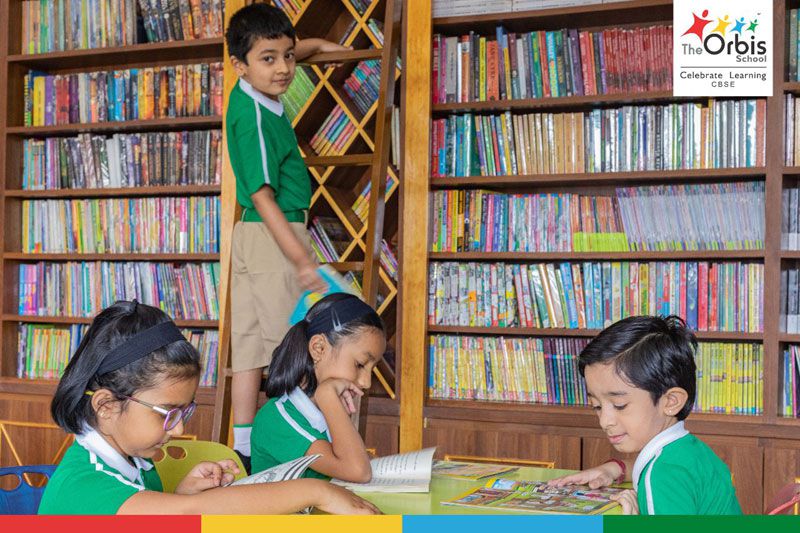Education is the process of facilitating learning, or the development of knowledge, skills, values, beliefs, and habits. Development of adequate skills, gender parity, the supply of proper school infrastructure, equipment, academic materials and resources, scholarships, and qualified teaching staff are among the things that education entails.
Measures that can provide the ideal environment for delivering high-quality education are:
1. Infrastructure upkeep
The educational infrastructure with state of the art of buildings, classrooms, and laboratories, is an important part of the learning environments in schools and universities. Strong evidence supports the idea that adequate infrastructure helps to improve the flow of instruction and has a favourable impact on student achievement, dropout rates, and other factors.
A tidy, spacious school with the following amenities:
- Spacious classrooms with the necessary equipment, boards, and electrical fixtures like lights and fans.
- Clean and sanitary restrooms.
- Availability of drinking water.
- Areas for play and activity.
- Laboratories outfitted with the necessary tools and equipment.
- Computers for use by students in their studies and experiments.
It is not sufficient to only have a good school structure with spacious classrooms; it must also be maintained so that the children find it to be an inviting place that they look forward to attending each day.
2. The quality of teaching and the teachers
Teachers play a crucial role in ensuring that students receive the necessary instruction to keep their minds engaged in the pursuit of knowledge.
A student’s preference to attend class or interest in a particular subject may be co-related to their teacher and how well they are teaching.
To ensure that teachers are proud of their work, the task of enhancing teaching quality must be accepted. This may be done by educating teachers and providing them with contemporary teaching aids, techniques, and methodologies, such as smart classrooms and digital course content.
Additionally, promoting teaching as a career will help to address the problem of vacant seats.
3. Extra-curricular activities
Activities that are not part of the formal academic curriculum but are still essential to the educational process are referred to as extracurricular. Sports, theatre, music, and other extracurricular activities aid in the development of children’s artistic and creative abilities.
Additionally, extracurricular activities play a crucial role in preserving a child’s interest in learning. A student’s involvement in extracurricular activities is crucial to their academic success.
Schools should have the necessary sports facilities and locations for cultural events, which together help students develop their personalities and life skills.
4. Vocational education
Institutions should offer programmes that encourage students to develop the skills required for a given trade. It fully prepares students and assists them in gaining practical knowledge in their chosen field of work.
The main goals of this type of education revolve around the socio-economic, industrial, and technological objectives that will translate into improved standard of living for citizens as well as in economic stability, industrial harmony, and technological advancement. This type of education involves the application of specialised learning techniques in the realisation of both educational and societal objectives. Therefore, vocational education prepares a person for financial independence, self-actualization, and productivity in a variety of academic subjects. Societal advancement and socioeconomic security may result from this.
Pressing priority: Addressing gaps in Indian education
As economic conditions improve and aspirations for a brighter future rise, families with financial means prefer to enrol their children in private schools in the hope of better education. To address the aspirational requirements of the younger generation, we must urgently overhaul our educational system. This will ensure that India’s demographic dividend continues to be an advantage.
To attain the intended learning results, we must also make sure that a suitable learning environment is available throughout the entire nation.
A good instructor is vital for a child’s education. Simply building educational institutions is not enough; these won’t become hubs of learning until students and teachers connect and suitable pedagogy is used to increase interest in teaching and learning. Additionally, monitoring systems and processes are required in our schools so that learning outcomes may be periodically examined and corrective action can be taken as needed to address issues. This requirement for an enabling ecosystem with features and amenities like digital content, televised classes led by professional teachers, interactive classes through video conferencing, etc., might be greatly addressed by the recent initiatives to have smart classrooms in public schools.
These can improve learning environments and inspire teachers to use cutting-edge technologies to enhance their teaching strategies. We ensure that a suitable learning environment is available to all the students. Three essential pillars serve as the foundation for a successful education at The Orbis School: access to qualified instructors, availability of top-notch instructional materials, and professional .

Namaste UI collaborates closely with clients to develop tailored guest posting strategies that align with their unique goals and target audiences. Their commitment to delivering high-quality, niche-specific content ensures that each guest post not only meets but exceeds the expectations of both clients and the hosting platforms. Connect with us on social media for the latest updates on guest posting trends, outreach strategies, and digital marketing tips. For any types of guest posting services, contact us on info[at]namasteui.com.

